1. Rio de Janeiro: The Maze.
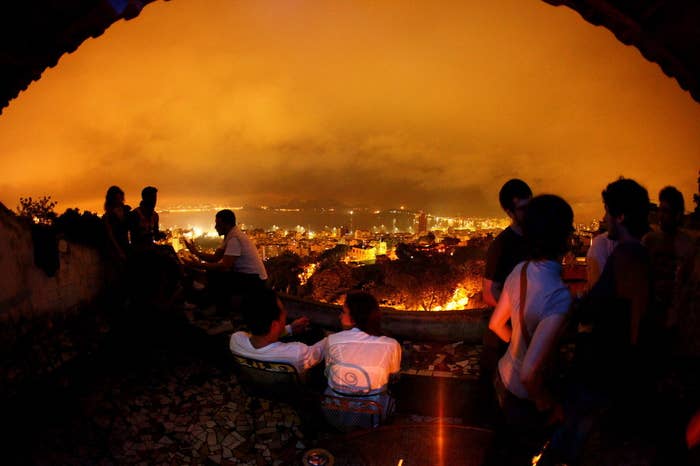
An inn tucked into the labyrinthine Tavares Bastos favela, the Maze is the rare place that's designed to accommodate visitors yet still feels hidden and mysterious. It's the handy work of Bob Nadkarni, a British ex-pat who for years has been gradually building the inn himself. The result is a Gaudi-esque tangle of rooms, passageways and overhangs that offer jaw-dropping views Rio's cityscape.
Nadkarni told BuzzFeed earlier this month that rooms at the inn are already mostly booked out for the World Cup, but the Maze is still worth a visit; in addition to it's views and architecture, it's also a world-class jazz venue. During the World Cup, the venue will hold a jazz night July 4th. Also worth noting: visiting a favela can be a fraught activity for tourists, but the Maze is a long-established part of the community and Nadkarni is there to welcome visitors rather than exploit his setting.
2. Brasilia: The Cathedral of Brasilia.
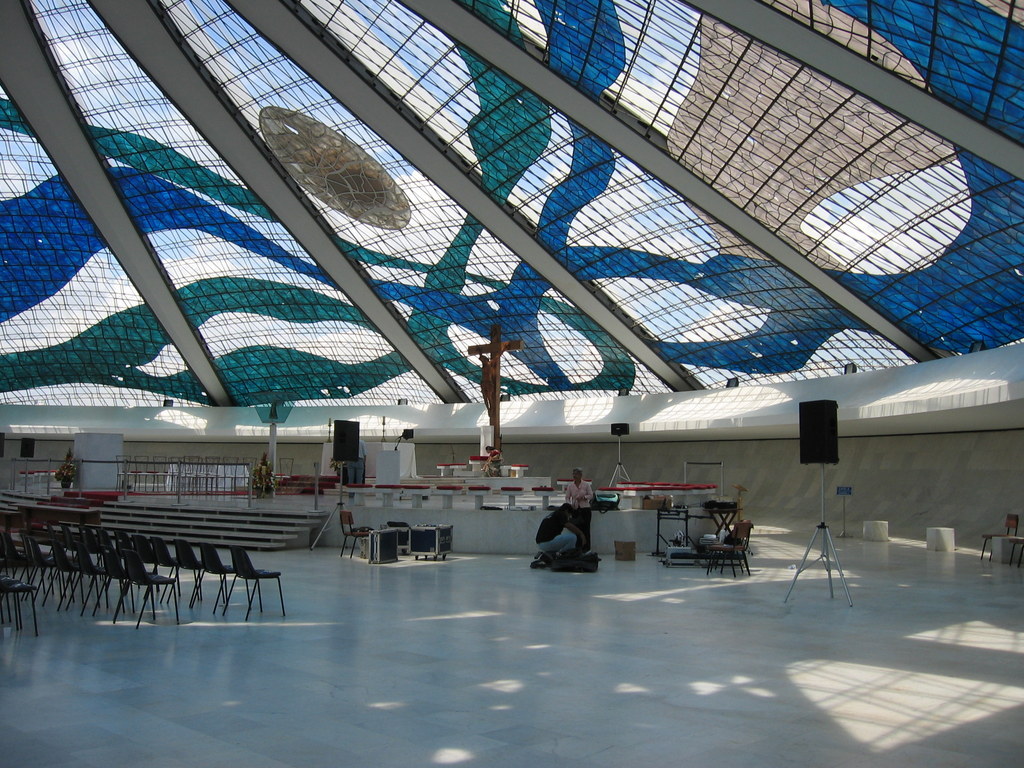
Brasilia is one of the strangest cities in the world, simultaneously dazzling and eerily post-apocalyptic feeling. It was built, out of scratch, in the late 1950s and is a massive experiment in modernist urban design. Unfortunately, most consider it a failure for it's harsh scale, hostile pedestrian environment and far-flung slums, but it's nevertheless fascinating to see what people in the 50s thought would be a good idea. Brasilia is car-oriented design taken to it's logical conclusion.
The main thing to see in Brasilia is the city itself, with all it's Jetsons-like architecture. The Cathedral of Brasilia — officially called the Catedral Metropolitana Nossa Senhora Aparecidais — is one of the best examples of that architecture. Designed by renowned architect Oscar Niemeyer, the building is unlike any other cathedral in the world. The cathedral is free to visit, as is the nearby National Congress Building.
3. Manaus: The Amazon Theatre.
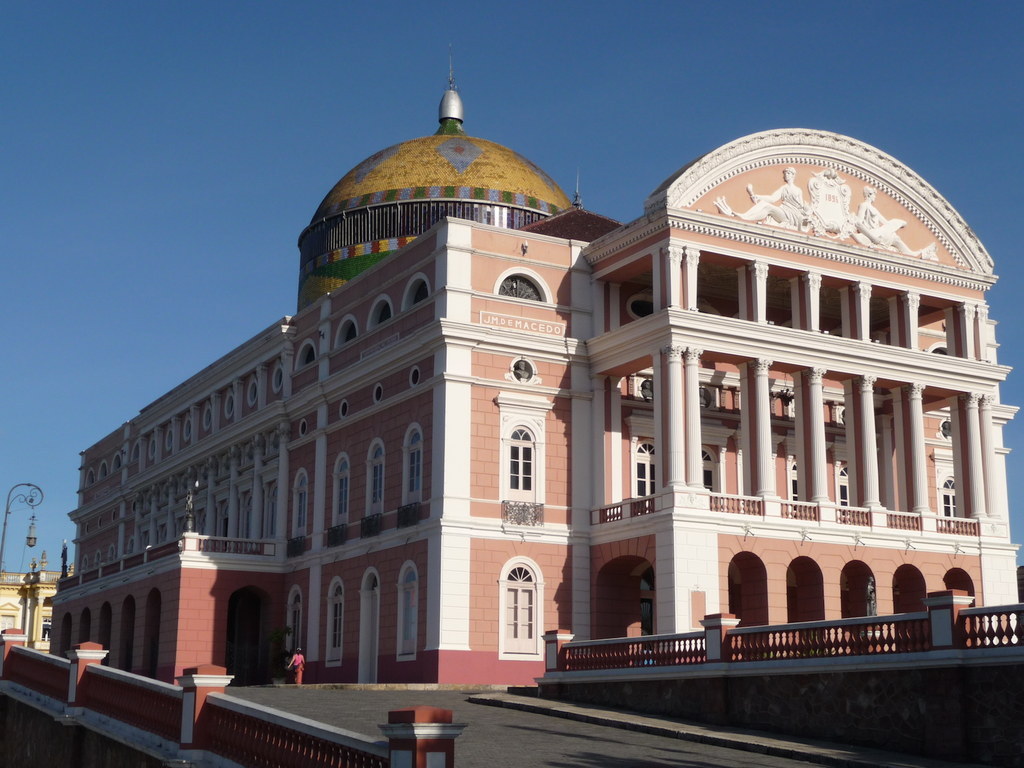
Anyone who goes to Manaus should go into the jungle for a new nights, and there are many reputable businesses in the city that can offer tours.
But what some people never discover about Manaus is that it's actually one of Brazil's most charming big cities — with the grand Teatro Amzonas opera house right at the center. The Belle Epoch-styled building dates to the late 1800s and is surrounded by a broad square that in the evening fills with food vendors and musicians (revelers and soccer fans may take their place during the World Cup, though). The wavy, black and white paving tiles on the ground symbolize the "encontro das aguas" — or the meeting of the Amazon with a major tributary. The tiles — which are popular all over Brazil — are black and white because the water from the two rivers runs side by side without immediately mixing.
The theatre has regular performances, many of which are free, and the government will also be showing World Cup games on a large LED screen nearby.
4. Curitiba: Bus Rapid Transit.
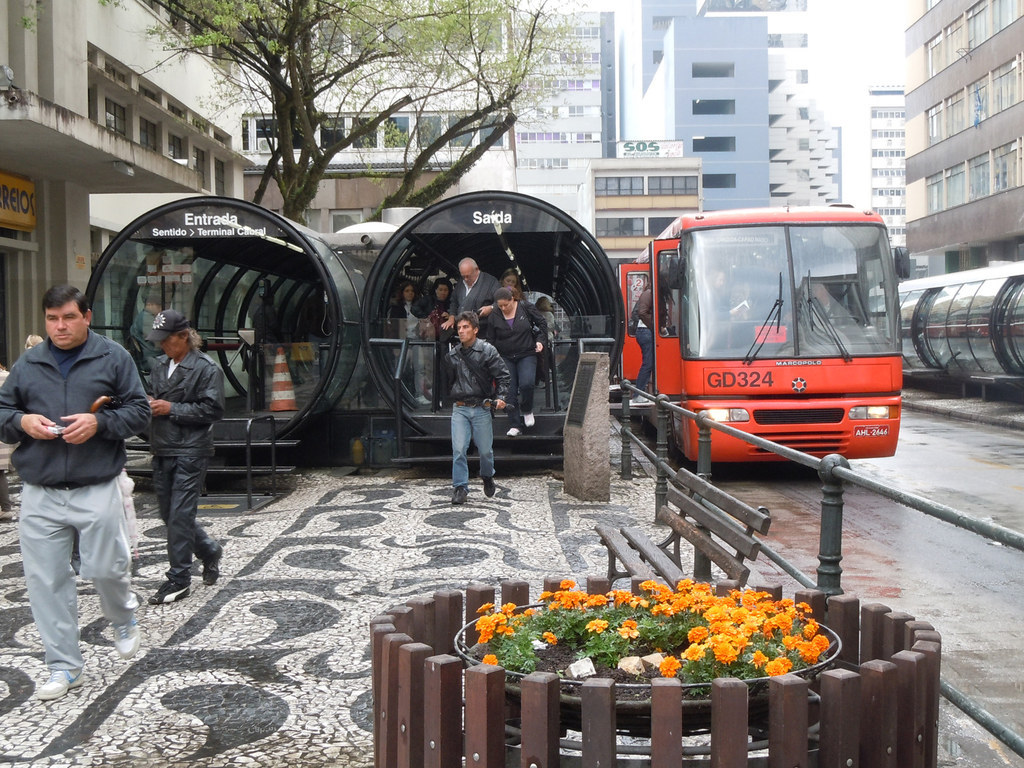
"Visiting" a city's bus system may sound bizarre, but Curitiba buses are special. Back in the 1970s, the city began working on what's known today as "bus rapid transit" — or a system in which the buses act more like trains. They have their own tube-like "stations," for example, and run in dedicated lanes so they aren't back up by traffic. The idea is to get the ease and convenience of a train with the cost of a bus.
This type of system has been copied all over the world, but Curitiba's system is a piece of transportation and environmental history. And best of all, it's really easy to use.
5. Salvador: The Church of Sao Francisco
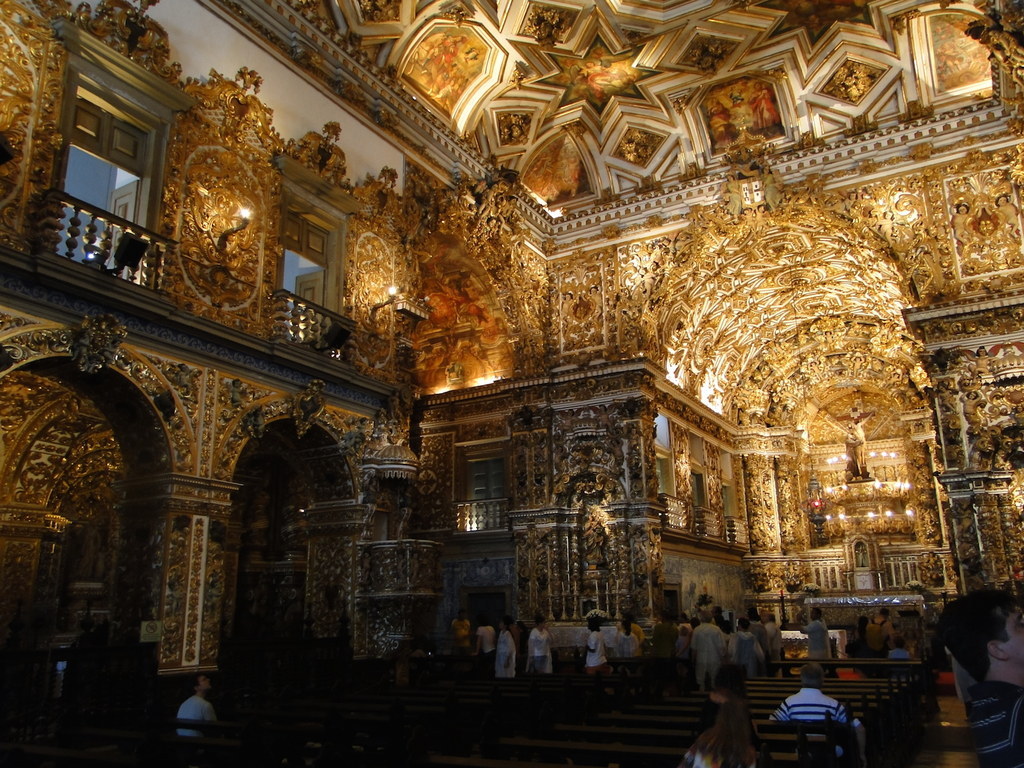
The Church of Sao Francisco anchors a square in Salvador's Pelorinho neighbor — one of the oldest colonial sites in the Western Hemisphere. The entire neighborhood is worth exploring and is packed with small museums, restaurants and old churches, many of them in ancient structures that rival the age of many buildings in Europe.
But if there's one must-see thing in the Pelorinho it's the church's mind-blowingly gilded interior. The church was built in the early 1700s and continues to function today. To call the interior Baroque on steroids doesn't really begin to capture how much gold ornamentation it has, so the best thing to do is just go check it out.
